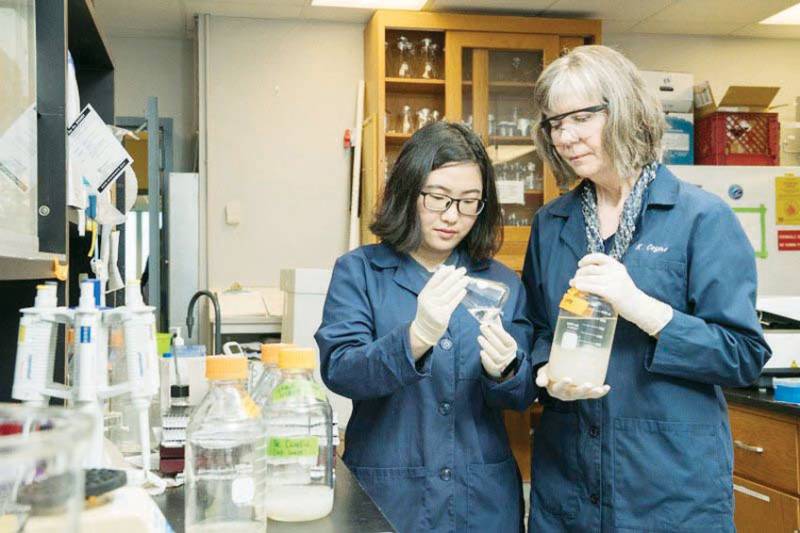ISLAMABAD - Throughout the world’s oceans in global nutrient cycles, food chains, and climate, as well as increasingly in human-made industrial processes, a diverse set of planktonic microbes, such as algae, play an integral role. For nearly all of these planktonic microbes, however, little is known about them genetically beyond a few marker sequences, while their morphology, biological interactions, metabolism, and ecological significance remain a mystery. Algae produce half of the oxygen in earth’s atmosphere and some forms of algae are used in industrial applications — such as producing high omega-3 fatty acids for baby formula or being used for biofuels — so there are many reasons a better understanding of algae could be beneficial. There is another side to algae, however, as some species can create harmful algal blooms (HABs), and those have been the focus of the research of University of Delaware’s Kathryn Coyne. To help advance the understanding of the cellular instructions that underpin microbial life in the sea, Coyne joined more than 100 scientists from institutions around the globe to publish a compilation of methods, or protocols, for laboratory experiments that will help scientists gain a better understanding of the genetic underpinnings of marine algae as a resource article in the journal Nature Methods.
Saturday, April 20, 2024
Using genetics to battle harmful algae blooms

A Tense Neighbourhood
April 19, 2024
Dubai Underwater
April 19, 2024
X Debate Continues
April 19, 2024
Hepatitis Challenge
April 18, 2024
IMF Predictions
April 18, 2024
Kite tragedy
April 19, 2024
Discipline dilemma
April 19, 2024
Urgent plea
April 19, 2024
Justice denied
April 18, 2024
AI dilemmas unveiled
April 18, 2024
ePaper - Nawaiwaqt
Advertisement
Nawaiwaqt Group | Copyright © 2024





